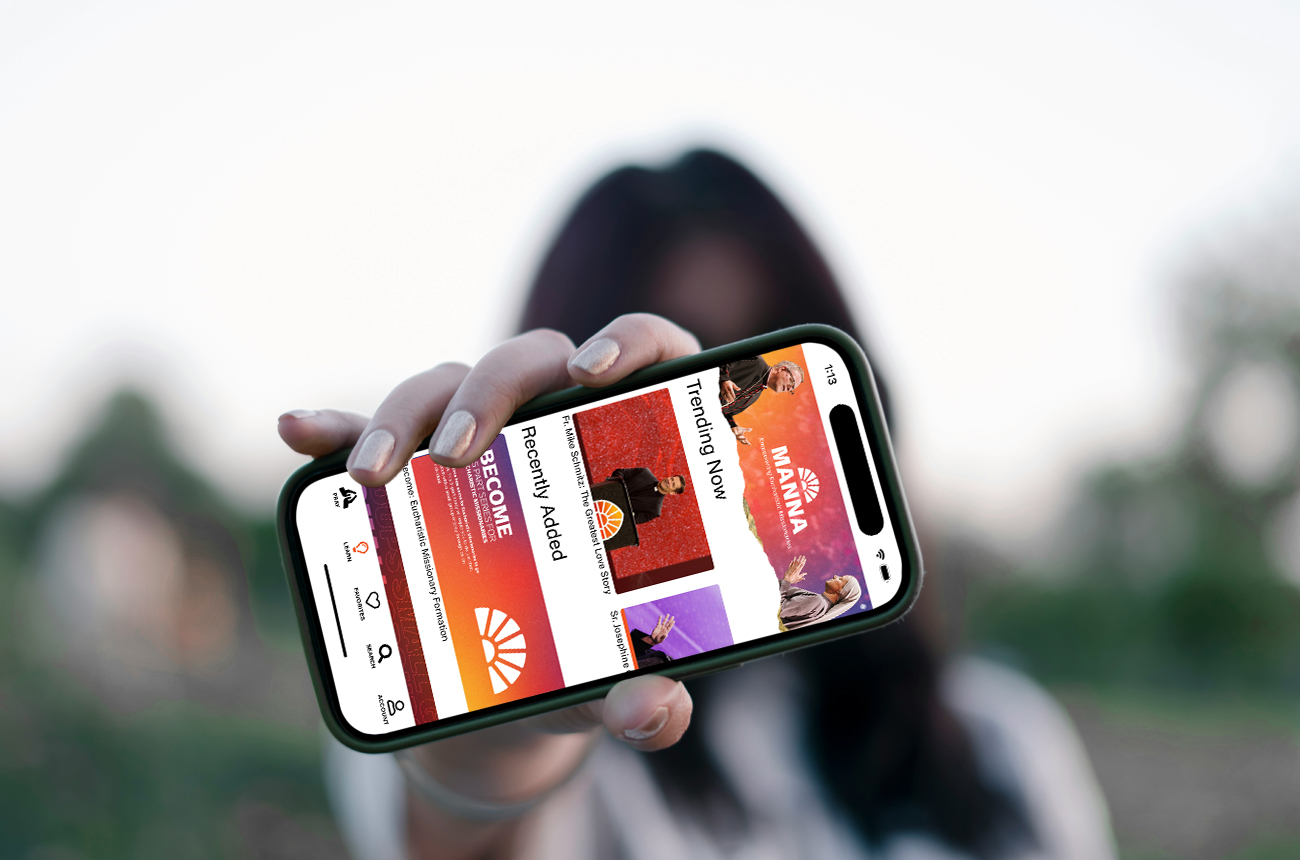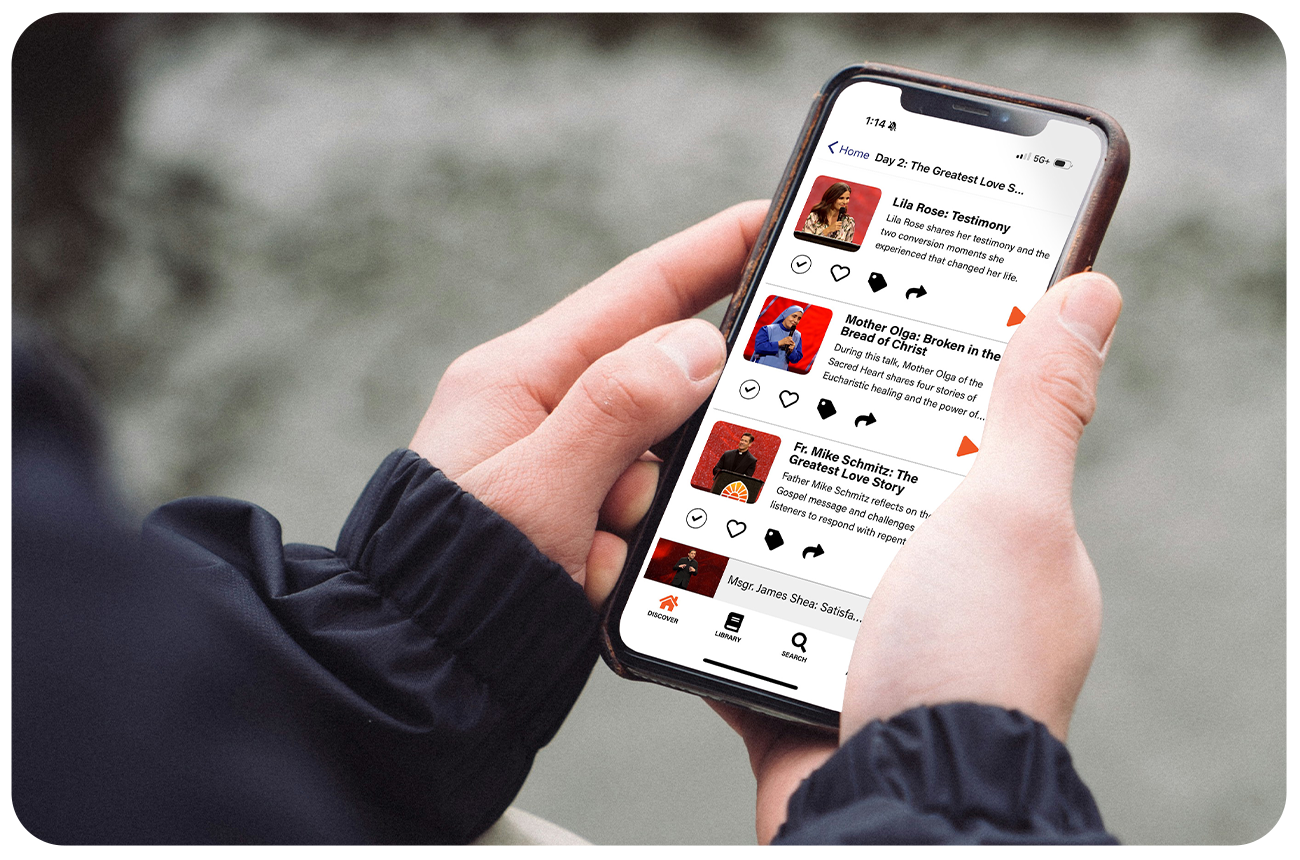
Making the Case to Your Board: Why You Need Your Own App
Article Outline:
- Why Boards Hesitate to Invest in an App
- What to Bring to the Board Meeting
- Benefits of a White Label App to Mention
- Explain the Cost of Doing Nothing
- Anticipating the Boardroom Questions
- What to Do Before Your Board Meeting
There’s always that one board member: still printing emails, still believing having a website equals a robust online presence, still treating digital strategy like an afterthought. The one who thinks an app sounds like something built for college kids and startups, not serious organizations doing work that matters.
To them, launching your own app can look like tech for tech’s sake. A vanity project. A distraction.
Here’s what they’re not seeing:
You’re already relying on tech. You’re just doing it on someone else’s terms—on platforms that control your content distribution, restrict access to audience data, skim revenue, and dilute your brand.
When you launch your own app with an OTT platform like Annunciate, you’re not chasing frivolous innovation. You’re ending a dependency that’s quietly holding you back.
That’s the case you need to make. The data is in your favor, but you still need to know how to present it clearly, practically, and in terms that resonate with a board focused on stewardship.
Don’t try to wow them with buzzwords. They want to know:
- How it aligns with your mission
- Why it makes financial sense
- What you risk by waiting
This guide gives you the language, logic, and framing to make a confident case grounded in mission alignment, measurable ROI, and long-term sustainability, so you can walk into that boardroom prepared to win over even the most reluctant holdout.

Why Boards Hesitate to Invest in an App
Board members are smart, responsible stewards of your mission. As responsible stewards, board members are wired to steer clear of anything that sounds gimmicky and air on the side of caution with time-tested tools and principles. That’s why they’re trusted to guide the organization.
But when it comes to digital infrastructure, most aren’t developers or marketers. That’s why new platforms—especially apps—can sound like expensive, unnecessary extras.
Your task is to demonstrate that a branded app isn’t a passing fad but a critical tool for carrying out your mission.
To get them on board (no pun intended!), you need to speak their language. And you need to anticipate the three silent questions in every skeptical board member’s head:
- Does this align with our purpose?
- Will this make us more effective?
- Can we afford it?
Your organization deserves to own the digital infrastructure that drives your mission. When your board understands what’s at stake, they can become your strongest allies in making it happen.

What to Bring to the Board Meeting
Your board isn’t there to shoot down ideas—they just want to see a plan that makes sense. When you walk in prepared, you make it easy for them to say yes.
Here’s what you’ll want to show the board:
- The Plan: Get in touch with us for help formulating what this could look like for your organization. We will help you get a clearer picture of timelines, cost, and the capabilities of the platform.
- KPIs: Identify the metrics your board already cares about—like engagement growth, revenue potential, and donor retention. Then connect those to what the app enables.
- Revenue Model: Use conservative projections based on your current traffic and donor behavior to estimate how much revenue a branded app could realistically generate. Even modest adoption of subscription tiers, gated content, or premium media can offset platform costs and position you for scalable growth.
When you bring a solid plan, clear KPIs, and a realistic revenue model, you pave the way to get the board, well, on board. You demonstrated that a branded app isn’t just another tech project; it’s a proven strategy that strengthens what you’re doing today and keeps paying off tomorrow.

Benefits of a White Label App to Mention to the Board
In order to show the board why things need to change, you’ll need to paint a clear picture of where your organization is now.
Be blunt. If you're delivering your digital content through Audible, Vimeo OTT, or YouTube, your organization is giving away more than they might realize.
As of 2023, Audible and Amazon KDP can take up to 75% of your revenue. And they don’t even give you the names or emails of the people supporting your work so you can stay in touch. That’s not sustainable.
These platforms are not partners. They're landlords. You’re renting space on their terms, filling their catalogue with your content and paying them for the privilege.
An OTT platform like Annunciate flips that dynamic. With a white label app built for your brand, you own the experience from start to finish.

Be sure to highlight these key benefits a white label app like Annunciate can provide your organization:
1. Full Brand Control
No more sending supporters to third-party apps plastered with someone else’s logo. Your content will live in a digital publishing solution that looks and feels like you.
2. Unified Experience
Your audience will love being able to access all your content in one place, regardless of the medium. It’s a true audiobook distribution app, video streaming app, and ebook distribution app in one.
3. Data Ownership
Annunciate gives you first-party access to viewing, listening, and reading habits. Instead of getting locked in a black box, that data can inform how you serve your people.
4. Revenue Flexibility
You choose how to monetize: member-only content, one-time sales, donation gating, or sponsorships. No surprise fees. No platform cut.
5. Low Maintenance, High Impact
There’s no need to hire a dev team to implement Annunciate! We can handle setup, and when you need support, you’ll be speaking to the team that built the software, not a distant call center.

Explain the Cost of Doing Nothing
If your board of directors loves numbers, give them some. Because the math here is simple—and brutal.
Example scenario:
- You generate $10,000/month in content revenue.
- Amazon, Audible, or another platform takes 30–75%.
- You walk away with $2,500 to $7,000, max.
Now, compare that to Annunciate’s flat-fee model:
- A full-scale plan costs out $2,500/month.
- You keep all of your revenue beyond that. No more rev-share!
- You walk away with $7,500 in profit—and you keep any revenue beyond that.
Annunciate’s flat-fee model won’t penalize you for growth. In the above example, if you have a good month and generate more than $10,000 in revenue, you keep the additional profits. Annunciate charges you for a service, not for scaling!

Anticipating the Boardroom Questions
Here’s what they’re likely to ask and how you can answer:
Q: “Isn’t this expensive?”
A: Not when compared to the hidden costs we’re already paying in fees and brand dilution. Annunciate is far cheaper than hiring an agency or even one marketing staffer. And it delivers more long-term value.
Q: “What’s the ROI?”
A: We will keep more of our revenue compared to our current setup, which will allow us to reinvest in other parts of the business. Here are the actual numbers.
Q: “Who’s going to manage it?”
A: The Annunciate team can handle migration, setup, and integration. Once it’s live, it’s easy to update. The platform is designed for lean teams.
Q: “Will people actually use it?”
A: Our audience is already engaging with our content. The app just makes it easier and keeps it under our brand. We’re not building new habits; we’re supporting existing ones.

Before Your Board Meeting…
We’ll schedule a call to help you map out what this could look like for your organization, including timelines, cost, and platform capabilities. Show how this strategy supports your current goals and positions your organization to make a greater impact in the future.
You’ll leave with a clear understanding of what you’re asking the board to support and how to frame it in a way that gets traction.
When your leadership sees the strategy, the numbers, and the mission impact lined up, the only real question left will be: Why didn’t we do this sooner?


